There are three basic categories of piano keyboard instruments. The largest, most expensive and also the best when it comes to developing piano skills, is an acoustic piano. This means in other words, a ‘real’ piano with nothing electric about it. There are also many good digital pianos, which are smaller and less expensive. A third category, the electronic keyboard, is the least expensive option, but an electronic keyboard may not have the right touch to develop hand strength for a beginning pianist, or enough keys to play a wide range of music beyond the third year of learning the piano for example.
1) Acoustic Piano
The sooner a student can practice on an acoustic piano, the better.
An acoustic instrument produces sound from real strings and real
wood instead of synthesised sound which means for example there
are subtle differences in responsiveness and pedalling which
cannot be matched by a digital instrument.
However an acoustic piano in poor condition or that is out of tune or
that has sticky or broken keys (or woodworm!) will only cause
frustration and hinder the progress a beginning student can make.
Also it needs strong floorboards, careful positioning, doesn’t like
changes in temperature and will need tuning from time to time.
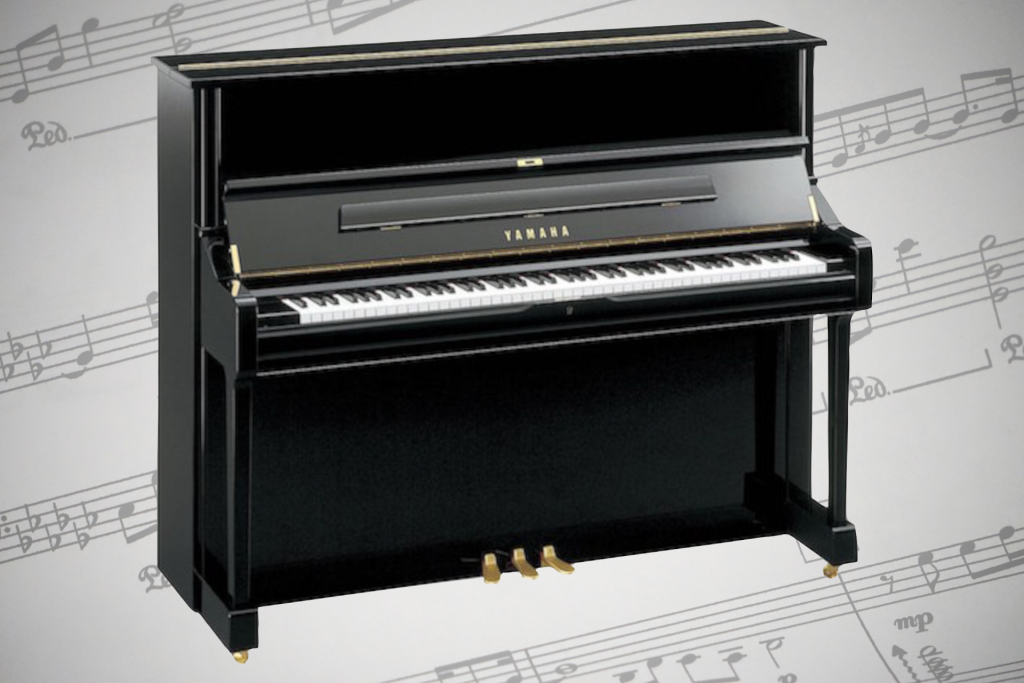
2) Digital Piano
While it’s impossible to entirely imitate the experience of playing on an acoustic piano, there’s nothing wrong with starting on a digital piano. Digital pianos are designed to sound and feel as much like an acoustic piano as possible. Keys are weighted to provide resistance to touch and are sensitive to speed and pressure to give a range of dynamics (loud and soft). Usually 6 preset dynamic levels and some have 4. They come installed on a stand at the correct height and are smaller and less expensive than an upright piano.
Some like the Yamaha Clarinovas are accepted by the ABRSM as exam worthy instruments and the advantage is they will never need tuning and thanks to increasing technology they can be connected to iPhones, computers and you can practice with headphones on so as not to disturb the neighbours.
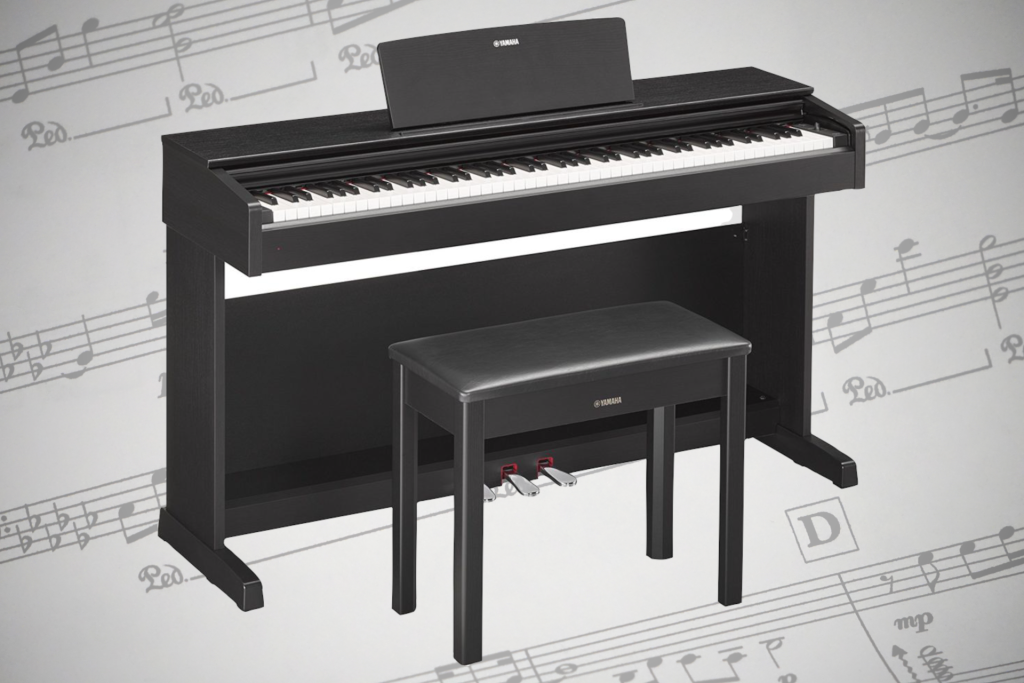
3) Electronic Keyboard
Electronic keyboards are the most affordable way to get started, but learning piano on non-weighted keys is less than ideal as it fails to develop hand strength which will have to be relearned later on. However, I find most of my pupils are aware of this but financial constraints make this the only viable option for the time being.
Of course, some pupils aren’t sure whether they would like to learn the keyboard or piano!
So keyboard music has one line with the tune played in the right hand and chords are played by the left hand using the rhythm section.
Piano music has two clefs with two independent lines of music played at the same time. If you learn to play the piano you will be able to play the keyboard, but keyboard players will need to learn the bass clef at some point to play the piano.
When buying an electronic keyboard make sure to purchase a bench and a keyboard stand for the keyboard. A keyboard set on a table will not be at the correct height for a student seated in a chair. Ideally, the keyboard and bench should be set at the right height so that the player’s arm from wrist to elbow is parallel to the floor.
So there you are – acoustic piano is the best, price and space means we often have to settle for electric piano or keyboard.

-
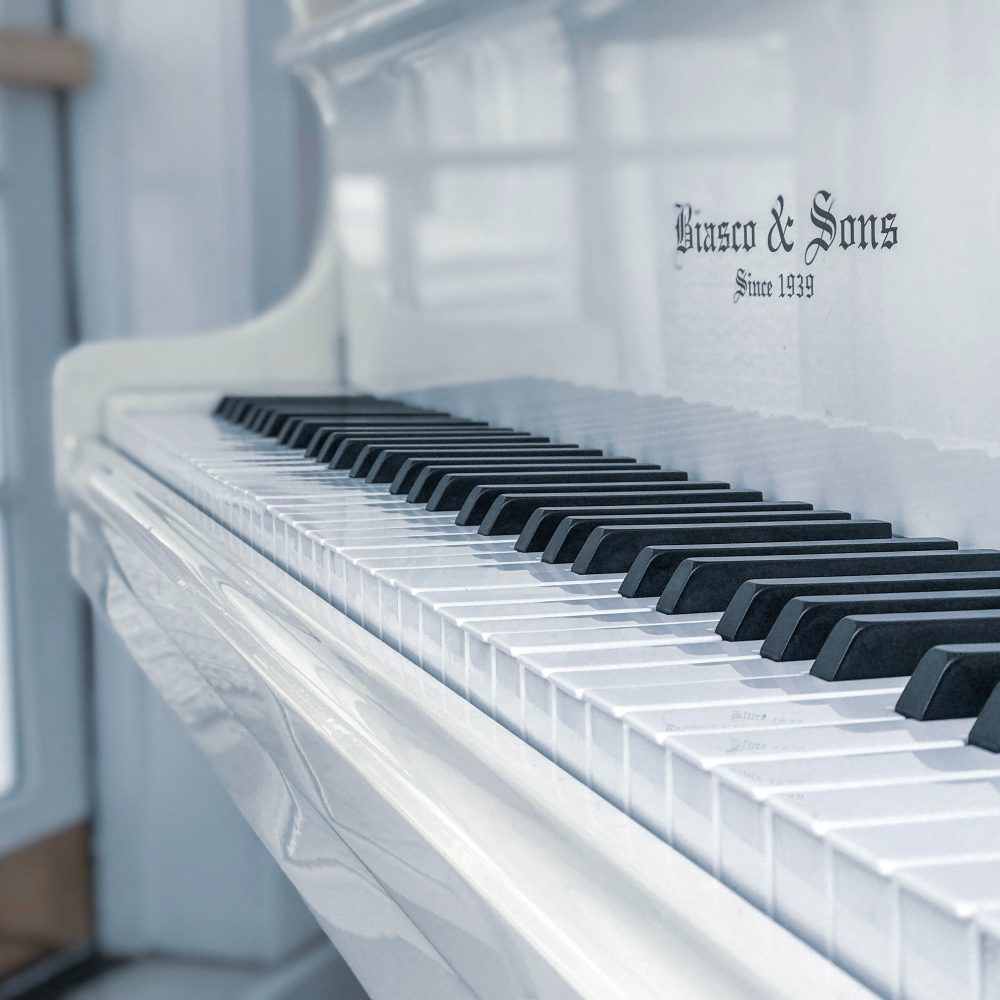 Piano Lesson Books31 October 2021/0 Comments
Piano Lesson Books31 October 2021/0 Comments -
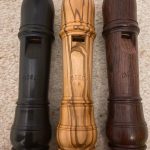 A Good Beginner
A Good Beginner
Recorder20 October 2021/ -
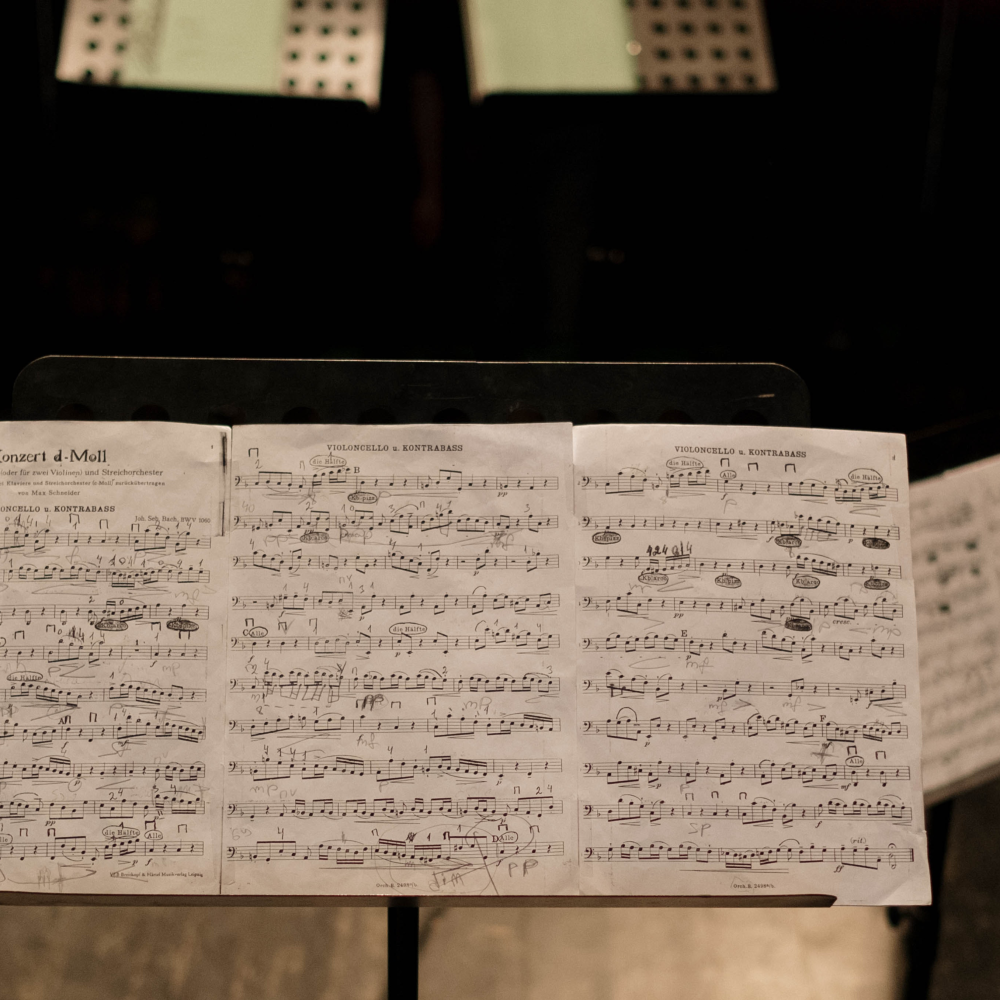 Best Music Stand4 October 2021/
Best Music Stand4 October 2021/